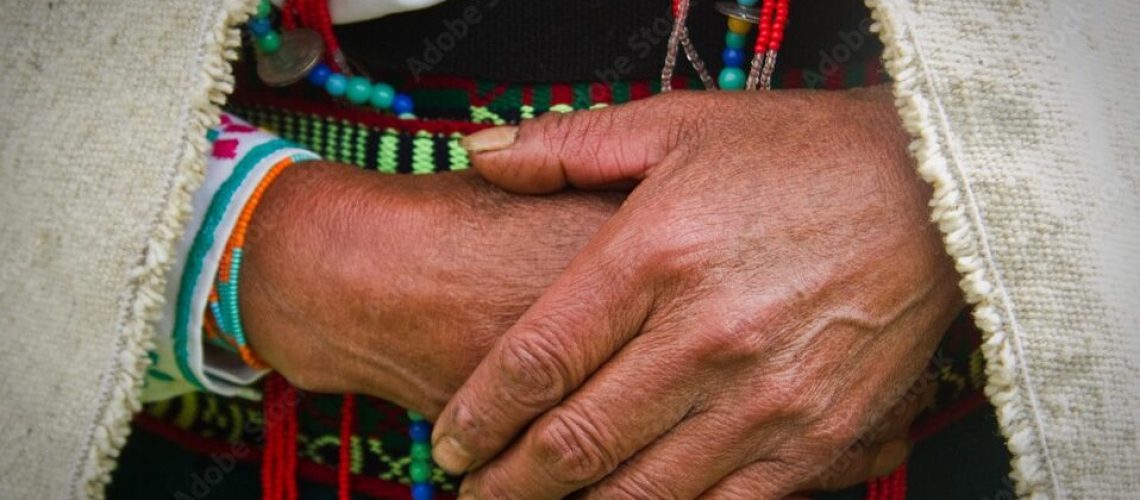
Language is more than words—it carries culture, wisdom, and identity. For Indigenous peoples in Canada, every language reflects generations of storytelling, spiritual connection, and understanding of the land. Yet many Indigenous languages are endangered, some spoken by only a few remaining Elders.
This makes the work of the Canadian Indigenous language translator more essential than ever. These professionals interpret languages and protect culture, helping Indigenous voices stay heard, respected, and preserved.
At Languages in Motion (LiM), we believe in connecting communities through communication. Supporting Indigenous translation is part of building a more inclusive and respectful Canada where every voice matters.
Indigenous languages in Canada and cultural preservation
There are over 70 distinct Indigenous languages in Canada. This linguistic diversity is significant to the identity and culture of First Nations, Métis, and Inuit peoples, although many of the languages are considered at risk.
Languages like Cree, Ojibwe, and Inuktitut are living archives of ancestral knowledge. When an Indigenous language disappears, we lose more than words—we lose an entire way of understanding the world. Preserving these languages means preserving wisdom that guides future generations toward balance and respect for the land and each other.
Who is a Canadian Indigenous language translator
A Canadian Indigenous language translator bridges communication between Indigenous communities and English or French speakers. Their work requires not only linguistic skill but also deep cultural understanding.
They assist with:
-
Translating public information, health materials, and legal documents into Indigenous languages
-
Supporting schools and universities in creating bilingual educational content
-
Preserving oral stories, songs, and spiritual traditions
-
Assisting government agencies and organizations in inclusive communication
For many communities, Indigenous translators serve as both communicators and cultural mediators, ensuring meaning is never lost in translation.
Indigenous translation and cultural preservation
Cultural preservation lies at the heart of Indigenous translation. Many Indigenous cultures rely on oral storytelling traditions that hold historical and spiritual truths. Translating and documenting these narratives safeguards them from being forgotten.
At LiM, we see translation as an act of protection—protecting identity, continuity, and heritage. By collaborating with Indigenous translators, organizations can help sustain living languages that connect people to their ancestors and to the land itself.
Indigenous communication and access to services
Language barriers can limit access to vital services such as healthcare, education, and justice. Indigenous communication services ensure that all individuals can understand their rights and participate fully in Canadian society.
LiM’s professional translators and interpreters help bridge these gaps, enabling clear, accurate, and culturally sensitive communication. When information is shared in one’s first language, trust grows, and inclusion becomes real.
Language revitalization and cultural identity
Language revitalization is not only about preserving the past—it’s about empowering the future. When Indigenous youth hear and learn their ancestral languages in schools or community centers, they strengthen their cultural identity and pride.
Canadian Indigenous language translators play an active role in revitalization by creating modern educational materials, digital resources, and translated media. These efforts help communities reclaim their voices and pass them on to future generations.
Reconciliation in Canada through Indigenous translation
True reconciliation in Canada includes language. The Truth and Reconciliation Commission recognized Indigenous languages as fundamental to healing. Canadian Indigenous language translators advance reconciliation by amplifying Indigenous voices in public discourse, education, and policy.
By incorporating Indigenous languages into government communication, community events, and education systems, translators help restore balance and recognition to cultures that have long been marginalized.
Challenges in Indigenous translation
Despite their importance, Indigenous translators face significant obstacles:
-
Few speakers remain for many languages, limiting fluency and training opportunities
-
Some languages are highly complex, with no standardized written form
-
Funding and resources for language revitalization projects are limited
LiM advocates for greater investment in Indigenous language education, mentorship, and certification programs to strengthen the foundation for the next generation of translators.
The future of Canadian Indigenous language translation
The future of Indigenous translation in Canada is one of collaboration and innovation. Governments, businesses, and educational institutions increasingly recognize the importance of linguistic inclusion.
Technology also offers new opportunities. AI tools and digital platforms can support language documentation and accessibility, but human translators remain essential for cultural accuracy and ethical integrity. At LiM, we integrate modern technology with professional expertise to ensure translation serves both accuracy and respect.
Why organizations should support Indigenous translation
For organizations, supporting Indigenous translators is more than a gesture of goodwill—it’s a commitment to inclusivity and reconciliation. Partnering with language service providers like LiM can:
-
Strengthen relationships with Indigenous communities
-
Ensure accurate and culturally appropriate communication
-
Align with national reconciliation goals and CSR initiatives
-
Build credibility and trust within diverse audiences
Inclusive communication is good for people, and it’s good for business.
Final thoughts
Canadian Indigenous language translators play a vital role in preserving culture, promoting inclusion, and supporting reconciliation. Their work keeps languages alive, protects cultural heritage, and ensures every voice can be understood.
At Languages in Motion, we are honoured to support Indigenous translators and interpreters who bridge words, cultures, and generations. Together, we can help Indigenous languages not only survive—but thrive.

